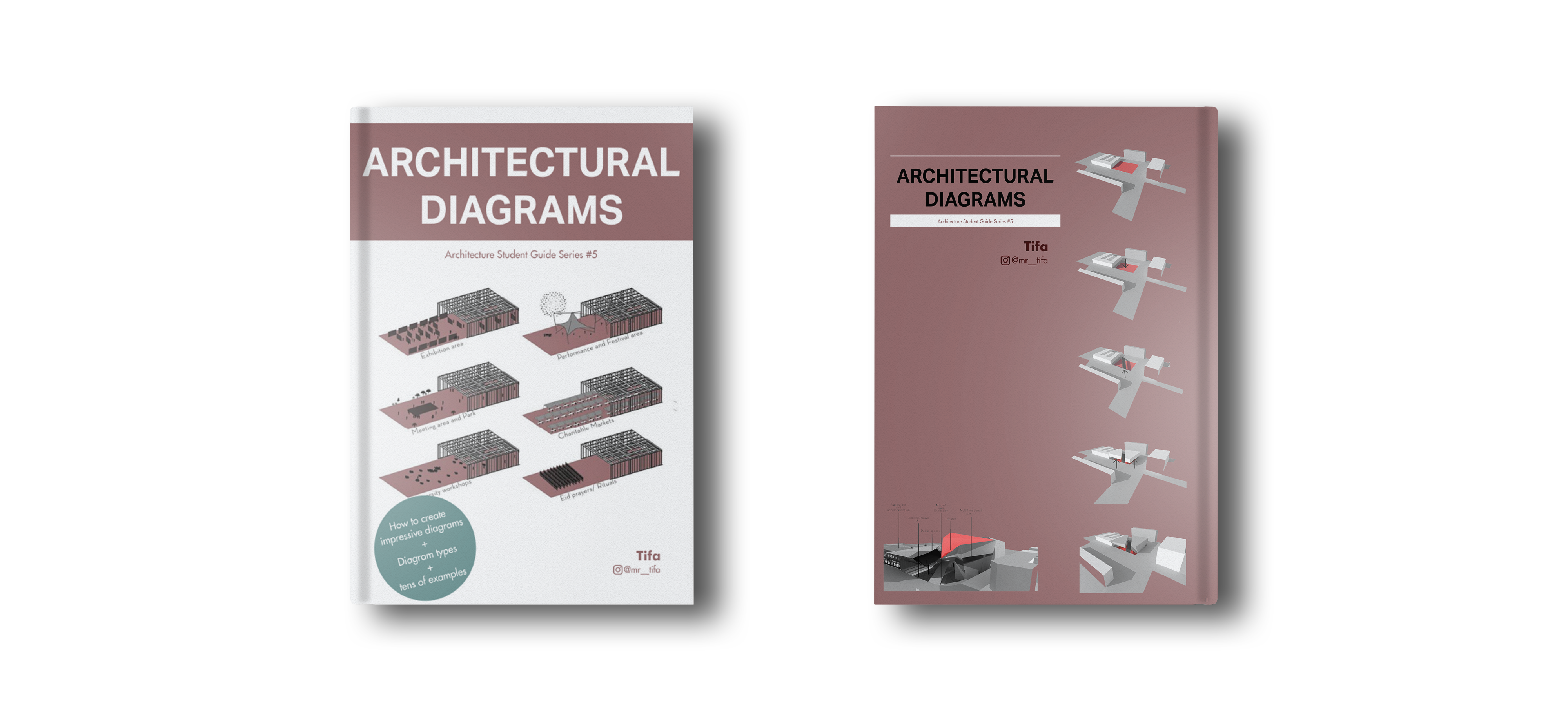

Your business rules are not bound to the database. You can swap out Oracle or SQL Server, for Mongo, BigTable, CouchDB, or something else. A Web UI could be replaced with a console UI, for example, without changing the business rules. The UI can change easily, without changing the rest of the system. The business rules can be tested without the UI, Database, Web Server, or any other external element. This allows you to use such frameworks as tools, rather than having to cram your system into their limited constraints. The architecture does not depend on the existence of some library of feature laden software. Each has at least one layer for business rules, and another for interfaces.Įach of these architectures produce systems that are:
ARCHITECTURAL PROGRAMMING DIAGRAMS SOFTWARE
They all achieve this separation by dividing the software into layers. They all have the same objective, which is the separation of concerns. Though these architectures all vary somewhat in their details, they are very similar.

DCI from James Coplien, and Trygve Reenskaug.Screaming Architecture from a blog of mine last year.Ports and Adapters) by Alistair Cockburn and adopted by Steve Freeman, and Nat Pryce in their wonderful book Growing Object Oriented Software Over the last several years we’ve seen a whole range of ideas regarding the architecture of systems.


 0 kommentar(er)
0 kommentar(er)
